Thorin's Take: CS:GO Needs a Virtus.Pro
阅读量
评论
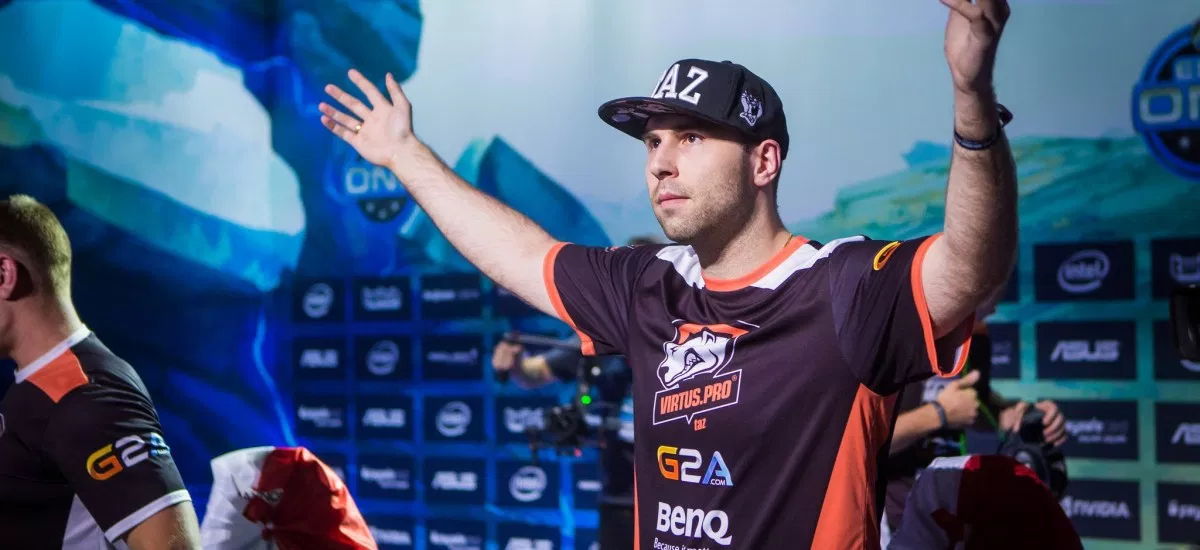
Virtus.pro’s five man core (Snax, byali, pasha, NEO and TaZ) were not only champions year on year, capable of near inexplicable longevity as a relevant top international team and beloved by fans around the world for their exciting and brave style of play and sense of competitive drive. The Polish powerhouse represented so much more for the game of Counter-Strike: Global Offensive, in as much as they played a specific and essential role for the health of the top end of the competitive scene.
Built for war
Look back across the great rivalries over the years and Virtus.pro’s match-ups will not only leap to memory due to them being one of the best teams, but due to their style of play and intangible strengths making them a difficult match-up for practically every top team. Here was a team who were capable of some of the most cohesive and infectious team-play, perhaps thanks to playing together for half a decade. Skill decides who wins a straight up aim duel and tactics put team-play makes the decent better and the good great.
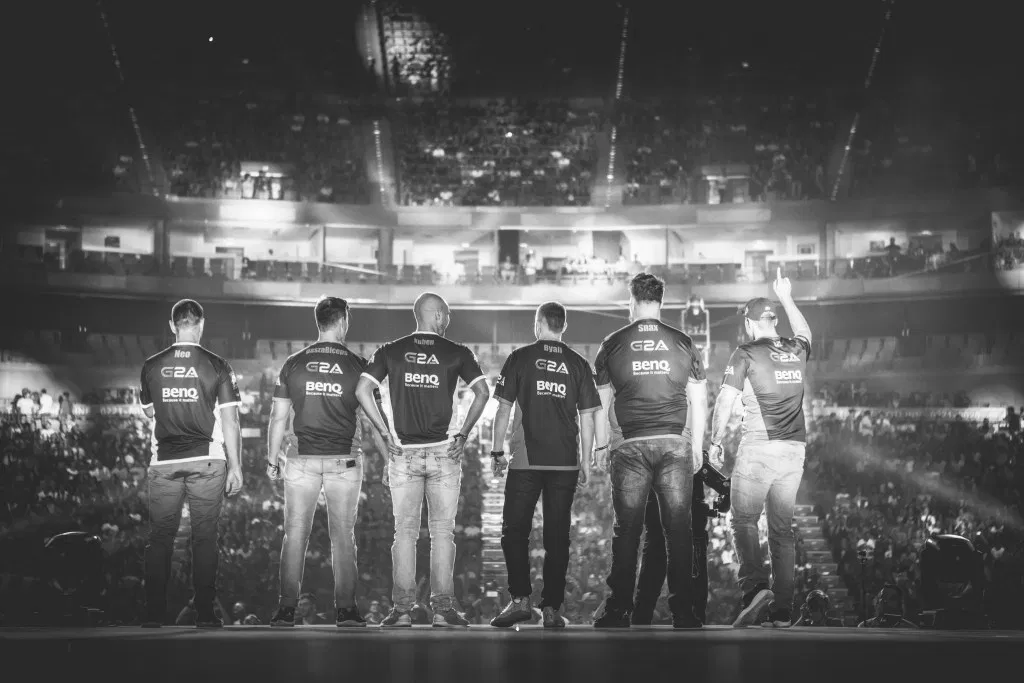
VP were a well balanced squad, with their share of talented youngsters (Snax and byali), who could go up against the most skilled players in the world and give them a challenge; experienced but still hungry hybrid talent (pasha); and cunning veterans (NEO and TaZ) who know how to win and create a cohesive team approach, sacrificing their individual success for the team. The latter pair went from stars of 1.6, NEO more than TaZ admittedly, to supportive elements for most of their successful periods in CS:GO.
As such, VP were good in all areas, though perhaps only contenders for the best in terms of team-play and adherence to their playing style. VP were at once a team with a never-ending supply of new tactics, flashes and smokes, but not in the same manner as Astralis. VP’s edge was to have so many variations on those tactics that reading them became very difficult, in part because VP themselves relied upon being able to switch up into a round they may not have run recently or at all and still making it work. This team was perhaps at its best under pressure, knowing the opponent was far more likely to break than them, if guided towards such a point of tension, and comfortable in the knowledge they had been in difficult scenarios and prevailed plenty of times before.
Should a tactic break down or a general strategical approach fail to be effective, then VP were capable on falling back on a mixture of confident individual plays, often glued together by subtle play from NEO or TaZ to set the young stars up, and their strong team-play base which meant they were terrors in late-round scenarios of 2v2s and 3v3s.
Catalysts for classics
It’s no wonder they could find a way to adapt and match up with every single top team they ever faced in the scene and find a way to record memorable defeats of even the very best and most dominant teams in history. VP’s rivalries would be near the top of any list of classic rivalries, due to the nature of what it took to beat VP and what VP could do to beat said opponent.
In peak form, VP could bulldoze even the best teams of all-time – as prime FNATIC and SK found out. In normal form, an elite side would still enter the server expecting hard fought maps of double digit rounds won for both teams, over-time sessions and three maps series.
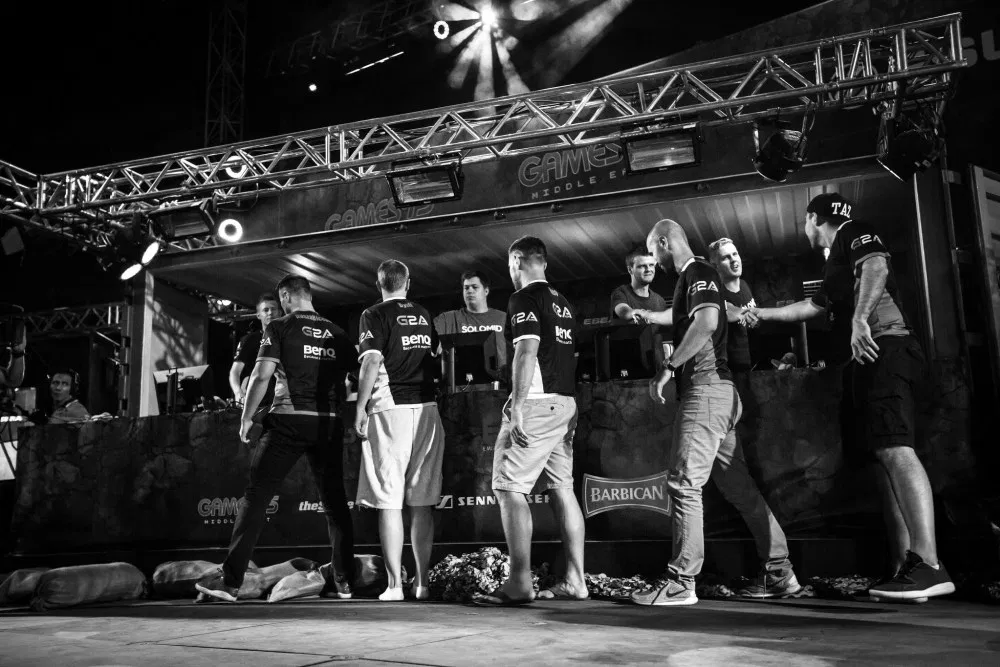
Bullying the bullies
Many top teams have their Kryptonite who simply beat them the vast majority of the times they play. Even the best teams in history. NiP eventually had VeryGames. LDLC had FNATIC. FNATIC had TSM. LG/SK had G2.
In that respect, it’s no wonder some fans look on in despair at Astralis’ dominance, as the Danes not only win most of the tournaments and rarely lose but when they do have it against seemingly a different opponent each time and thus with no team capable of positioning themselves as true rivals. Each team has their chance, makes of it what they will and then find the Astralis borg-esque in their adaptation and assimilation of what worked against them previously.
Virtus.pro had no team that could beat them every time and thus no opponent who need not fear them. VP were very rarely ever the game’s best team and typically consistently maintained position in the top five, but most often as a dangerous and durable third or fourth ranked team. From this position we observe VP’s more meaningful role and significance to the scene. Here was a team good enough to punch any tyrant on the nose and win a few battles which would endure in memory, even if they didn’t always win the war and end up with the most trophies.
Gate-keepers of greatness
Thanks to playing together at a high level from early 2014 to early 2017, VP were witnesses to the peaks of many of Counter-Strike’s greatest ever line-ups, from the FNATIC team of 2014-2015; LDLC/nV of 2014-2015; LG/SK of 2016; and Astralis of late 2016 to 2017. More than that, they were partially responsible for the heights those teams were able to ascend to. Much as tennis greats Novak Djokovic or Rafael Nadal can be beaten, but require a level of excellence and stamina, mental and physical, even many very good players cannot maintain, VP made such demands of the opponent that only the greatest could realistically expect to best them when they were in any kind of meaningful form.
As a result, VP stood as gate-keepers to greatness. The teams who won majors and staked their claim to the greatest to ever step into a server had to collide with and overcome Virtus.pro en route to those titles and that status. VP were the final boss in the sense of a classic video game – there to determine who was worthy of completing the game and recording the highest scores.
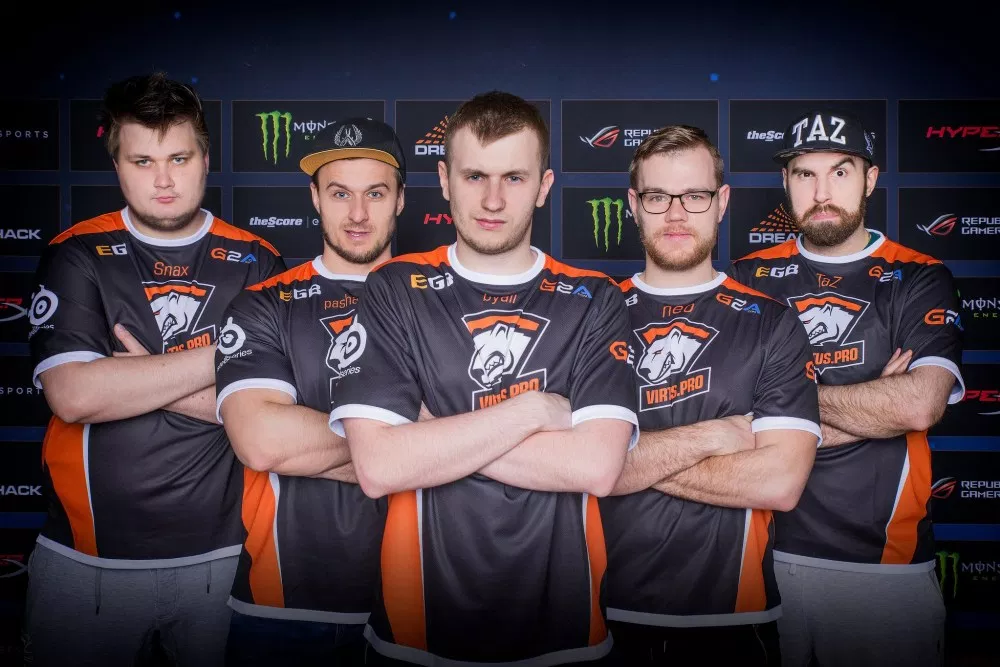
A club with no bouncer
VP’s best years saw CS:GO a game which saw few upsets deep in the tournaments, in the context of big underdogs coming through to win. The same names routinely dominated the latter stages of tournaments and faced off against each other, creating an elite class of teams who were distinctly superior to the squads below them. VP sat ahead of the latter and just below the former. They were the bouncers who couldn’t be messed with lightly and kept the riff-raff out of the VIP section.
A look at the CS:GO scene over the last couple of years, in line with VP’s downfall and eventual demise as a relevant team, saw massive variance in who won events and who could legitimately battle for the titles. The last year or so has seen frequent complaints from some onlookers that the scene has been marred by Astralis’ imperious dominance and so many other teams being lost in the muddied water of parity. No longer is there a benchmark that can be relied upon. No more do teams fear the bear on the front of the jersey and the dog in the heart of those players.
Casual fans do not require a constant turnover of dominant teams or extreme varience in who wins events. They simply need a team to root for who can break the system of control, if only for a single match or tournament. This was Virtus.pro and we may never see another team who can occupy their role. Antidotes to the poison of elevated mediocrity and grizzled taskmasters of the best to ever do it.
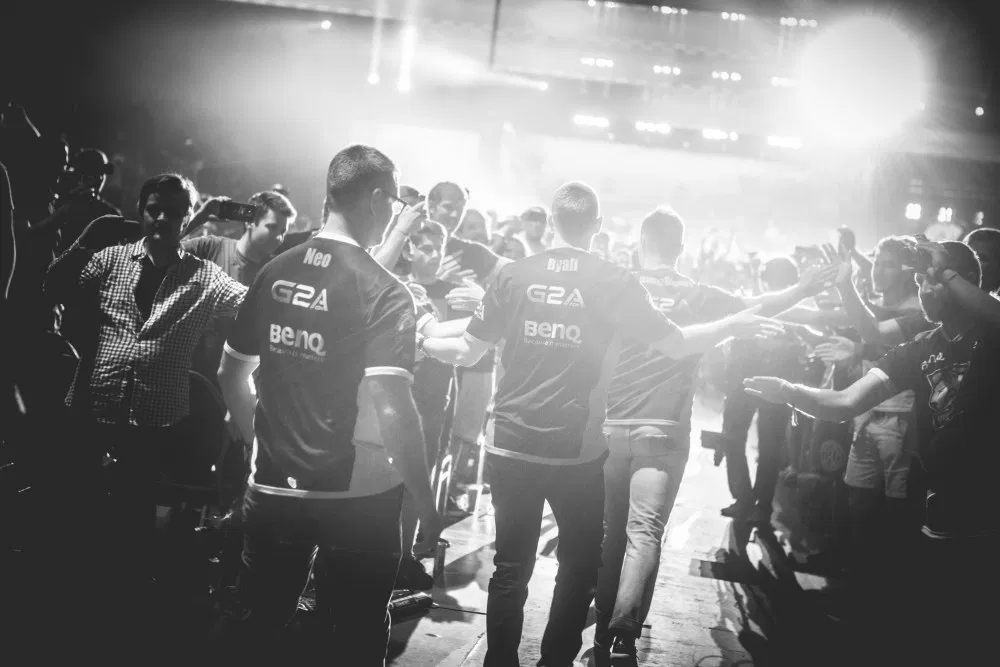

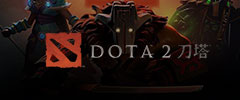
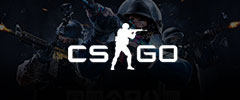




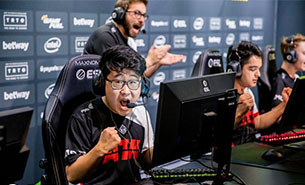
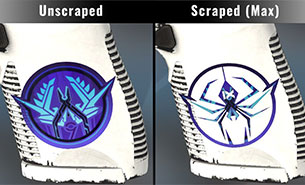
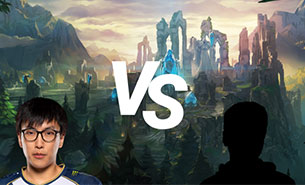
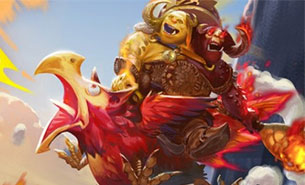
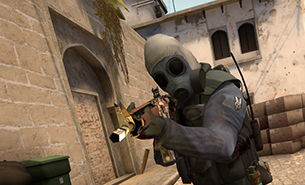
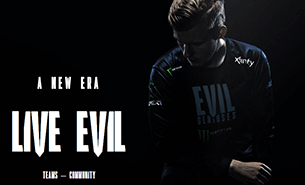
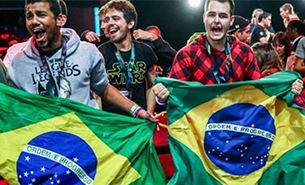
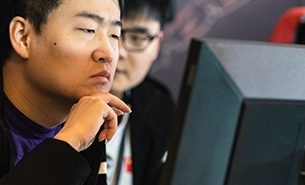
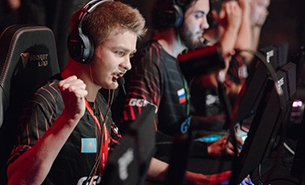
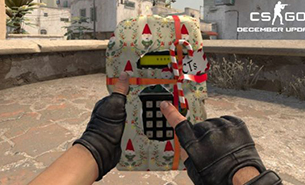


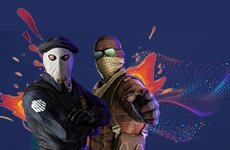
 小鯨庫
小鯨庫 c5game
c5game



